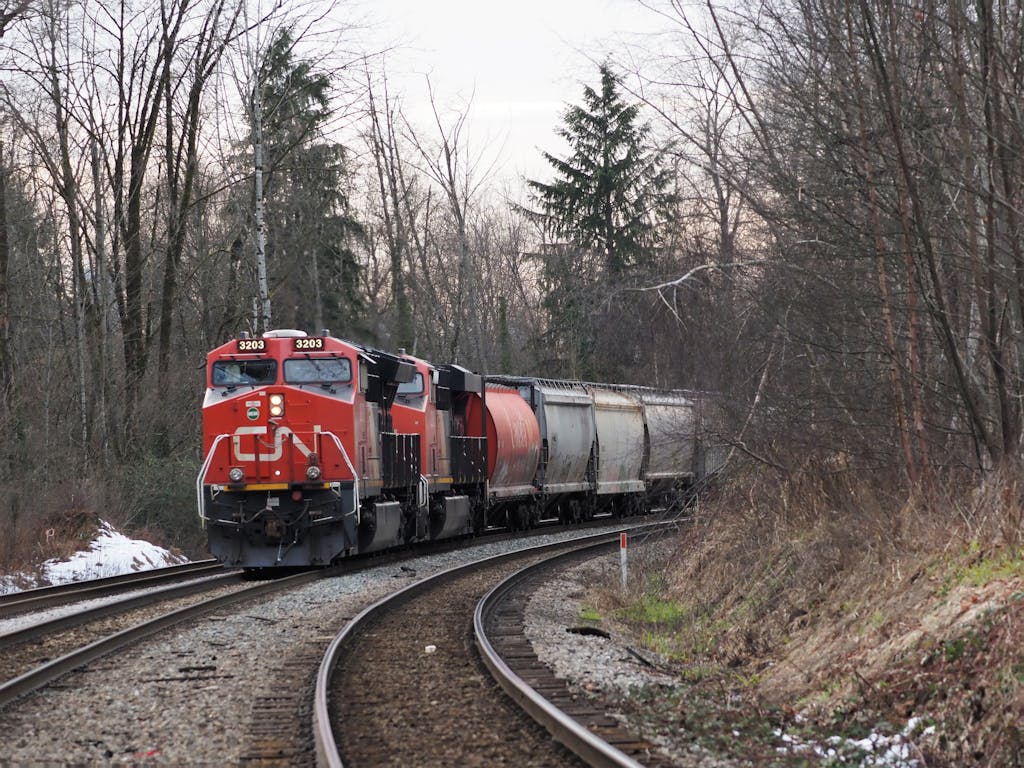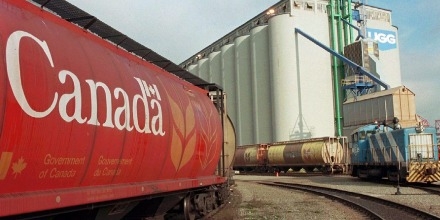Many farmers and producers might be dreaming of a white Christmas, just like the ones they are used to experiencing.
However, with Christmas approaching and no snow in the forecast, it seems those dreams won’t be coming true.
Trevor Hadwen, an agri-climate specialist with Agriculture and Agri-Food Canada, said given the drought conditions the province went into the fall with and no snow cover so far this winter, farmers are more concerned than they usually are this time of year.
Hadwen said the soil is losing moisture every day without snow on the ground.
“Without snow cover on the ground, we’re losing moisture every day. That ground is exposed to winds, and the warmer temperatures have some of the soils getting to the point where the soil is warm enough to melt any snow that’s on them or any moisture that’s in the soil,” he said. “It’s kind of acting like freeze-drying every time it freezes and thaws.”
While Hadwen notes the concern, he does say it is still early.
“It’s certainly a concern going into the winter without any snow on the ground. We tend to, in this region, have a fair bit of snow this time of year, but the fall period or early winter period is a drier period that we typically don’t get a whole lot of moisture in November or December, so it’s not time to absolute panic at this point.”
He said the forecast doesn’t promise any significant snowfall in the future.
“The challenge is right now we’re into El Nino winter and a fairly strong El Nino that typically in Southern Alberta is warmer than normal and drier than normal,” Hadwen said. “We’re not, based on the forecast, we’re not expecting a large amount of snow and the snow that does come might melt prematurely in the spring or before the spring and result in more groundwater infiltration rather than overland flow and water getting into the river and reservoir systems.
“That’s a big concern right now, and we’re watching that situation extremely closely,” he added.
As of the end of November’s Agriculture and Agri-Food’s latest drought update, 73 percent of the province is in drought, with 25 percent in severe or exceptional drought.
“Those are fairly significant numbers,” he stated. “Hopefully, we can start to see some improvement in the new year and not go into the growing season with as large deficits as we’re seeing currently. It’s very abnormal to see this amount of drought and this severity of drought going into the winter period. We’re not gonna improve things really quickly, but we anticipate if we do start getting some moisture into the profile or sitting on the surface, we will be making those adjustments as needed.”
Overall, Hadwen said that while there is reason for farmers and producers to be concerned, it is still very early in winter.
“We’re still early in the winter period. We certainly don’t have a lot of snow accumulation throughout the entire province, but we do have time to make that up,” he said. “In addition for a lot of for a lot of producers, our spring moisture is the real key. Winter snowfall is gonna provide a response for those who are dealing with water shortages at this point.”
“El Nino’s situation could end up with a fairly wet spring, so it all depends on where that jet stream drops and how the storm system’s organized, but typically during El Nino years, we do see more organized storm systems going through this part of the country, so there is optimism there,” he noted. “It’s just that we really do need to start seeing some big snow events throughout the winter period to recharge those water supplies through the early spring.”



